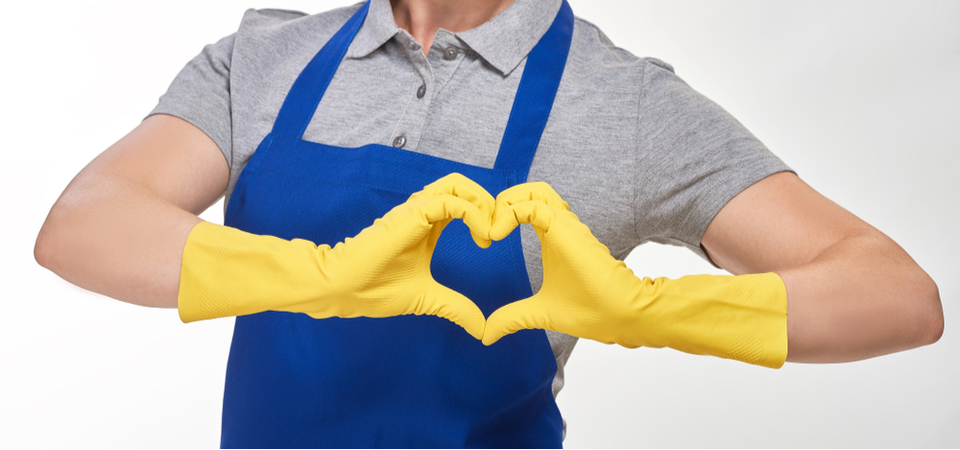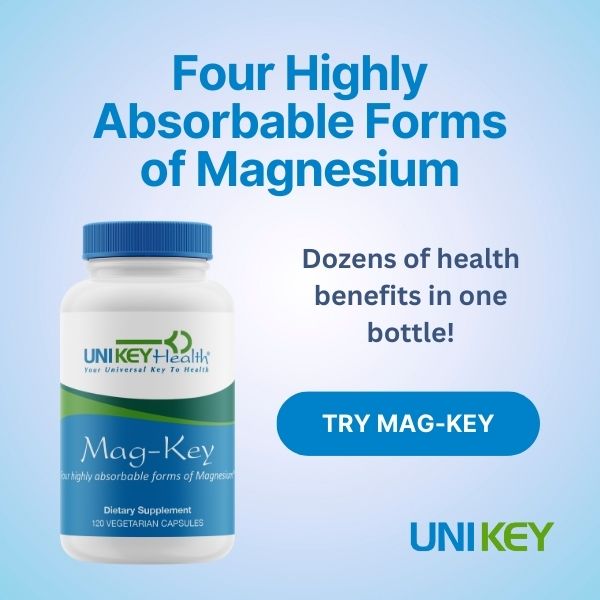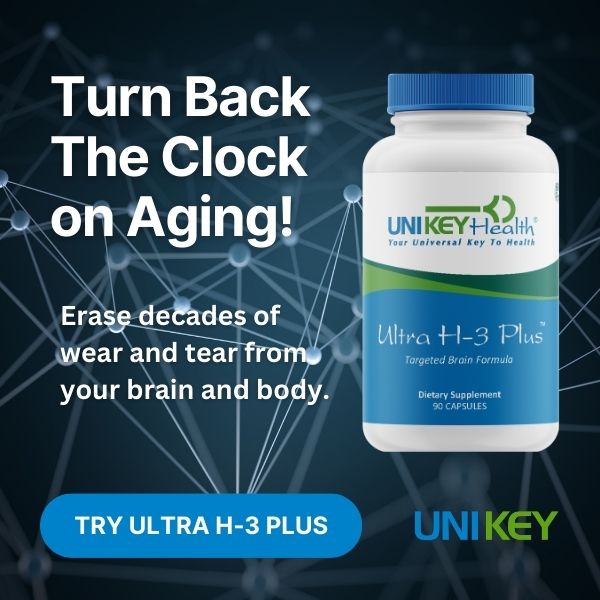With stores running low on cleaning products, it’s time to make your own, following CDC guidelines for what actually works during the pandemic.Many years ago, my mentor, Dr. Hazel Parcells, taught me the importance of a clean home – and properly washed food – in the fight against disease. Since then, I’ve carried on her legacy by teaching these principles in many of my books, including the New Fat Flush Plan and Radical Metabolism.
As new research, new products, and new superbugs emerge, I update my recommendations. In this pandemic, I saw a new opportunity to once again research the best available cleaners on the market, and with many of those in slim supply, I’m sharing with you my updated recipes for antiviral household cleaners, laundry sanitizer, and produce wash, all based on CDC guidelines.
For Your Home
If you follow me on Facebook, then you may have seen my bleach-based recipe for disinfectant wipes. (Please note that most of the memes circulating with recipes are too diluted to be effective.) The cleaning solution needs to be at least 1000ppm sodium hypochlorite and needs to be left on the surface for a full minute before wiping off to disinfect completely.
Because of toxic additives to many brands of bleach, I only recommend unscented Clorox with Cloromax. I also recommend wearing gloves while cleaning, both to avoid contaminating yourself and to save wear-and-tear on your skin. Be sure to disinfectant all household surfaces, from electronics to door handles and everything in between.
Bleach-based Disinfectant Solution
1 quart of water
4 teaspoons bleach
To make wipes, cut a roll of paper towels in half across the width and remove cardboard roll. Place in a plastic container or a plastic coffee can with lid. Pour solution over paper towels, wait 5 minutes, then drain off any excess. Alternatively, use several inexpensive white washcloths and have a waterproof sack or another plastic container to place the used cloths in.
To make a disinfectant spray, simply pour in a spray bottle. Be sure to label it. Never mix this with any other cleaner, especially ammonia. Be sure to make a new solution daily for maximum potency.
As an alternative, the CDC states that alcohol-based cleaners can be used, as long as the alcohol concentration is at least 70 percent. Because isopropyl (rubbing) alcohol can be so toxic, stick to at least 120 proof ethanol for this purpose. To keep it simple, I recommend using straight Everclear in a spray bottle. This can be used both to sanitize hands and surfaces. Up to 20 drops of your favorite essential oils can be added to make the scent more pleasant, although the alcohol smell does not linger once it evaporates.
Additionally, household hydrogen peroxide can be used undiluted for cleaning non-porous surfaces. It’s great for hard to reach areas because it degrades into oxygen and water and doesn’t need to be wiped off. Be sure to let it sit for at least a minute if you do decide to wipe it off.
If your favorite store has restocked their cleaning supplies, the EPA lists Benefect cleaning products with the active ingredient being thymol, derived primarily from the herb thyme, as being effective. They recommend leaving this disinfectant on the surface you’re cleaning for 10 minutes.
For Your Laundry
The CDC doesn’t recommend adding anything to laundry at this time. They recommend using the warmest water to wash and the hottest setting to dry. Be sure not to shake contaminated clothing out because that can send harmful particles airborne. If you don’t use gloves, be sure to wash your hands after loading the laundry.
Because white vinegar is effective against bacteria, I choose to add one full cup to my rinse cycle. It also softens the wash and removes any odors.
For Your Hands
The CDC recommends washing hands with soap and water as the top way to clean our hands. Believe it or not, all you need is simple soap, water, and friction for at least 20 seconds to keep your hands sanitized. Be sure to thoroughly wash hands often and avoid touching your face.
For Your Produce
Trust me, if you knew all the hands your fruits and veggies have touched before they get into yours, you’d be a stickler about properly cleansing it all before cooking or eating. There are two produce washes I recommend, one with bleach and one with grapefruit seed extract. Grapefruit seed extract is a potent antimicrobial and has been found in studies to be effective against hundreds of bacteria, virus, and fungal strains, even when diluted.
Simple Clorox Produce Wash
In a clean sink, add one gallon filtered water and 1 teaspoon unscented Cloromax formula Clorox bleach.
- Tender and thin-skinned vegetables and fruits like leafy greens and berries should only soak for 5 minutes.
- Stone fruits and fibrous vegetables soak for 10 minutes.
- Root veggies and thick-skinned fruits like apples, citrus and bananas soak for 15 minutes.
- Meat/poultry/fish can soak for 10 minutes
- Eggs can soak for 20 minutes.
Drain the water from the sink and refill with a gallon of filtered water to soak and rinse the food for up to 10 minutes.
Alternative Wash
18 drops grapefruit seed extract
4 ounces 3% hydrogen peroxide
1 teaspoon baking soda
1 quart filtered water
Let soak for 15 minutes, then rinse 3 times.
Found on page 176 in the New Fat Flush Plan book.













3 Responses
Great ideas! Thank you for this timely information.
I’m so happy to have these formulas for non toxic cleaning. I am so allergic to conventional ones I have to open all the windows and turn on the bathroom fan when I am cleaning in there.